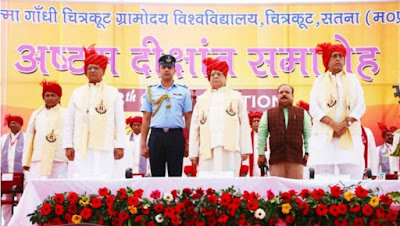What is Remote Sensing and Applications?
WHAT IS REMOTE SENSING?
Remote sensing is the process of gathering information about an object or phenomenon from a distance without making physical contact. This is done using remote sensors on satellites, aircraft, ships, or ground-based platforms, which detect and record reflected or emitted energy. Examples of remote sensing applications include monitoring weather patterns, mapping land use and land cover, studying natural disasters, and tracking changes in the Earth's surface. Remote sensing technology has a wide range of applications in various fields, including geography, hydrology, ecology, oceanography, glaciology, and geology.
APPLICATIONS OF REMOTE SENSING?
Remote sensing has a wide range of applications in various fields, including:
Agriculture: Remote sensing can be used to monitor crop health, estimate crop yields, and identify areas that require irrigation or fertilization.
Forestry: Remote sensing can be used to map forests, monitor changes in forest cover, identify tree species, and estimate timber volume.
Geology: Remote sensing can be used to map geological features such as faults, folds, and mineral deposits, and to study the Earth's surface and subsurface.
Oceanography: Remote sensing can be used to study ocean currents, sea surface temperature, and ocean.



Comments
Post a Comment
solutions.geoinfo@gmail.com